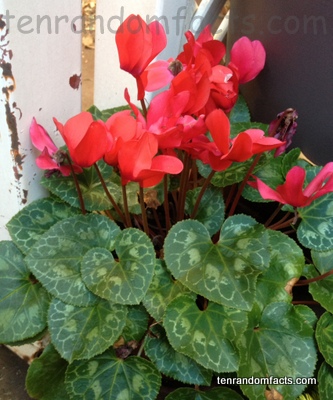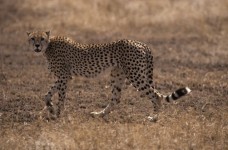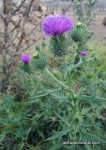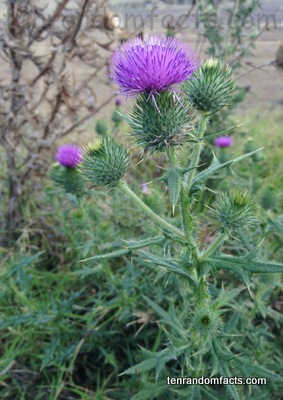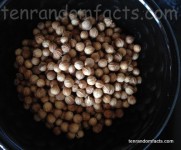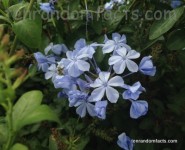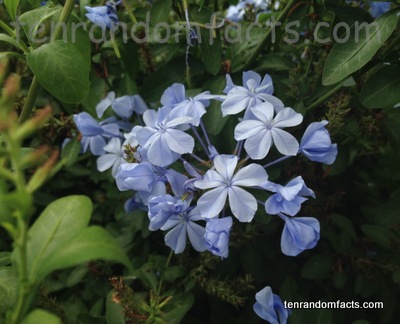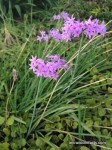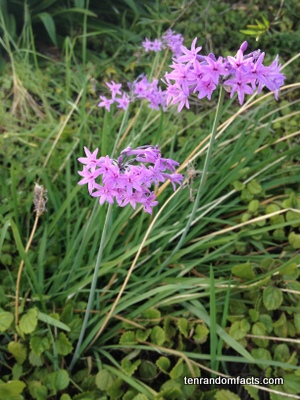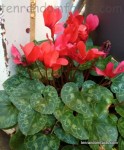
Cyclamen… a hardy but beautiful plant.
- Cyclamens are flowering perennial plants, that grow from tubers and are also called ‘sowbread’, as the tubers have been commonly eaten by wild pigs.
- Cyclamens are native to parts of Europe, north Africa and west Asia.
- Cyclamens were originally considered to belong to the family Primulaceae, the family of primroses, but are now considered to be part of the family Myrsinaceae, the family of myrsine.
- Cyclamens develop flowers with five petals that point upwards, in various shades of white, red, pink or purple colours.
- There are approximately 20 species of cyclamens, and they have different flowering seasons, depending on the species.
- Cyclamens can be found in woody or rocky areas, and are generally hardy plants, although some species do not cope with frost.
- Cyclamens prefer shady conditions and are popularly used as a decorative house or garden plant, and are often grown in pots.
- Cyclamen leaves are are often heart shaped, and typically green with sometimes a red coloured underside, and the leaves usually have a distinctive pattern in a lighter colour.
- Cyclamens grow to be 15 to 25 centimetres (6 to 10 inches) in height and the flowers usually sit above the leaves of the plant on thin stems.
- Some cyclamens go dormant in summer and appear to be dead, however, they will generally re-sprout leaves in autumn.
Bibliography:
Cyclamen, 2014, Burke’s Backyard, http://www.burkesbackyard.com.au/factsheets/Flowering-Plants-and-Shrubs/Cyclamen/1296
Cyclamen, 2014, Wikipedia, http://en.wikipedia.org/wiki/Cyclamen
Perry L, Considering Cyclamen, n.d., University of Vermont Extension, http://perrysperennials.info/articles/cyclamen.html




